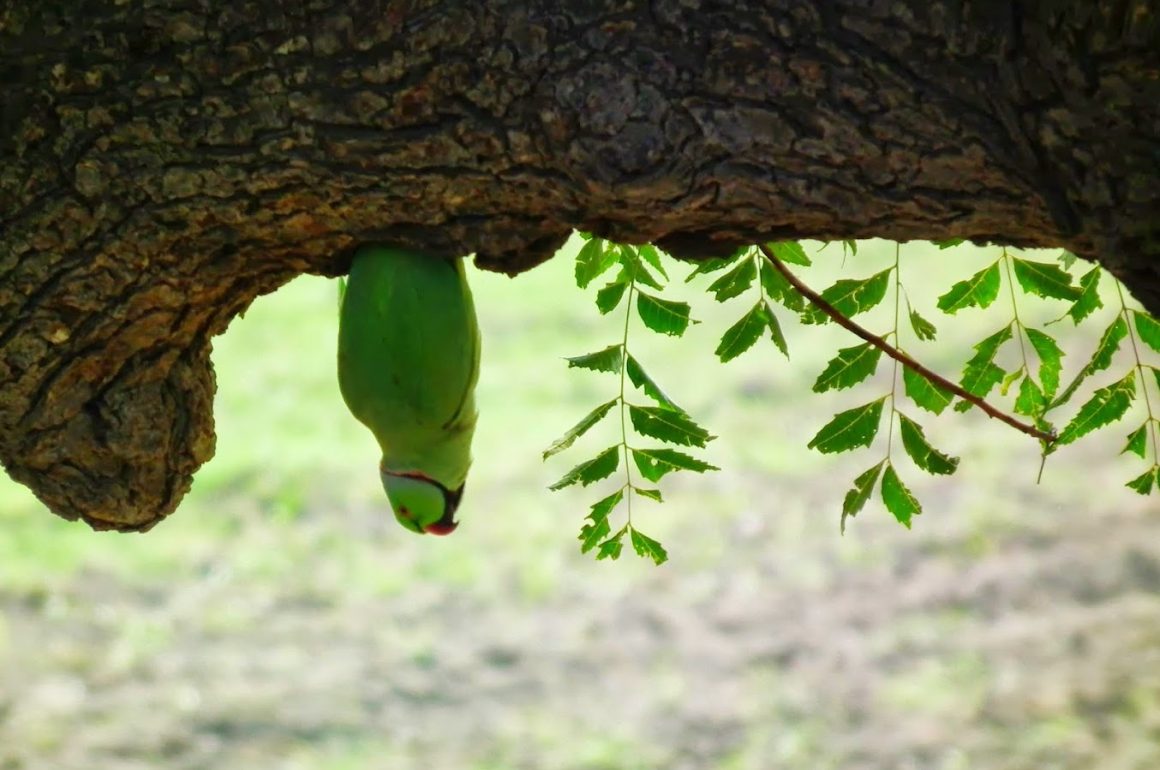
Wake up buzz at 5.30 am, breakfast at 6 (toast – who can eat at that ungodly hour?) and at 6.30 we’re already in an open 4×4 heading for the salt pans of the Little Rann of Kutch in Gujarat, India. With 5000 square kilometres, that “little” is far from small – it should be taken more as a “lesser”, compared to the Great Rann of Kutch.
Winter mornings are pretty cold, even without the wind-chill effect of an open Maruti Gypsy. We’re passing the Dasada village where shop owners and artisans are opening their doors, collecting rubbish in the street and burning it, while standing around those small fires and warming themselves up. Continuing by the yellow sandstone Hindu temple under construction, than by the large heaps of salt (two thirds of all the salt used in India comes from here) and finally entering the Kutch Biosphere Reserve.
The area is overgrown with low, thorny bushes. We follow the tire tracks in an off-white, salty soil and then, without a word of warning, our guide/driver turns into the bushes, driving left and right… until one and then another Short-eared Owl flushes in front of us. Back on dirt tracks by a Desert Wheatear decorated bush (bellow), to spot five or six Wild boars disappearing among the bushes. They belong to the same species like those found back in Europe, Sus scrofa – which inhabits a belt stretching from northern Africa and Europe all the way to Indonesia, but a different subspecies, S.s. davidi.
A bit more winding and the first endangered Indian wild ass, Equus hemionus khur, is in front of us. A lone male (gender was obvious from afar) takes an uninterested peak at us (we’re not feminine) and walks away. There are about 3500 of these asses surviving today and they are found only in the Kutch.
A Common Kestrel at the nearest bush and a Black Drongo at the next. From the short grass, a Chestnut-bellied Sandgrouse takes flight – it may look partridge-like, but is more closely related to pigeons. Unlike other birds that drink one sip at the time and raise their heads to swallow, pigeons and sandgrouses drink like asses, lowering their beaks into the water and taking as much as they like.
There is a Crested Lark on the road, a species that I usually encounter on bare ground by the roads back home and was always curious about the natural habitat of this warmth loving bird – deserts, obviously. The next two species are the Southern Grey Shrike and the Tawny Pipit, also characteristic for this habitat type.
Like a mirage, a herd of asses is thinning on the barren, flat and because of a recent monsoon rains, muddy ground. During the monsoon, this landscape was covered by a shallow, salty lake.
Until now, we were driving along the somewhat elevated, drier edges of the salt pan, but now we are crossing the lower middle section of the pan, still moist and soft. And muddy, as we were to find out.
Entering the existing, water-covered wheel tracks… wheels turning without any traction… It never occurred to our guide to warn us of mud drops in the air, to cover our binoculars, scopes and camera lenses (I do not mind the mud on my hat or clothing, but lenses…) and finally we manage to pull out of the mud-grip onto the drier ground.
On the other side was a MacQueen’s Bustard, one male and …. three, four females at the clearing between the bushes, where they will soon disappear – 168th species on my trip list. Next comes the White-footed desert fox, Vulpes v. pusilla, limping into cover with an injured leg, to be replaced by one handsome Hoopoe of the subcontinent race U. e. ceylonensis.
From short grass, one nightjar takes flight, hovering for a minute and then landing behind the bush. Our guide follows it on foot, but to no avail, its cryptic plumage has concealed it already. There are five nightjar species in the area, and this one will remain unidentified. Coming back, our guide washes the windscreen of the mud.
Now we climb one island-like hillock to find blue-grey males of the Nilgai antelopes browsing the leaves. The Ranns of Kutch have lower and very salty areas where nothing grows and these higher islands where the soil is less salty, allowing for growth of short, coarse grass and thorny bushes. There is a herd of asses that walks away from us, continually keeping the same distance. It is these islands that the mammals of the desert can thank for their very survival in this inhospitable landscape. There’s a large eagle at the top of an acacia crown, we cannot tell which one, so we wait for it to take flight and show its colours… Finally – a Short-toed Snake Eagle!
I reach for my bird guide at the shelf in front of my knees, only to discover that it, together with my notebook, is floating in a puddle of the windscreen wash water! First the mud on my lenses, now this…
Next species are Greater Short-toed Lark (I have seen it only once in the Balkans, while here it is commonly seen in flocks of several hundred to several thousand birds strong), Montagu’s Harrier, Isabelline Shrike, Ruddy Shelduck (this one was a lifer – I have missed it in western Turkey by mere 30 minutes!) and another thermophile species, the Long-legged Buzzard.
As we leave the desert and drive on tarmac, I hold my dripping bird guide and a notebook exposed to the wind, hoping to dry it somehow… A sudden stop by a large tree crown, and our guide, almost without looking, draws our attention to a Spotted Owlet, the commonest of Indian owls, but nevertheless, irresistibly cute. And how can one stay annoyed after that?
Photos copyright © Dusanka Stokovic Simic & Dragan Simic
Acknowledgements
For being invited to the Global Bird Watcher’s Conference, I would like to thank the organizers: Government of Gujarat and the Gujarat Tourism Corporation. The conference was organized by excellent J.N. Rao Travel, and the post-conference bird tour by Arpit Deomurari.
Find the other stages of the same tour here:
Little Rann of Kutch 2 – the Critically Endangered Sociable Lapwing day
The carcass depository, Ahmedabad
Our LRK checklist (3 days / 98 species), compiled by dr Bruno Bruderer:
Grey Frankolin Francolinus pondicerianus
Indian Peafowl Pavo cristatus
Little Cormorant Phalacrocorax niger
Indian Cormorant Phalacrocorax fuscicollis
Grey Heron Ardea cinerea
Purple Heron Ardea purpurea
Great Egret Egretta alba (Casmerodius albus)
Indian Pond Heron Ardeola grayii
Cattle Egret Bubulcus ibis
Painted Stork Mycteria leucocephala
Asian Openbill Anastomus oscitans
Woolly-necked Stork Ciconia episcopus
Black-headed Ibis (Oriental White Ibis) Threskiornis melanocephalus
Black Ibis Pseudibis papillosa
Glossy Ibis Plegadis falcinellus
Spoonbill Platalea leucorodia
Dalmatian Pelican Pelecanus crispus
Greylag Goose Anser anser
Ruddy (Brahminy) Shelduck Tadorna ferruginea
(Northern) Pintail Anas acuta
Common Teal Anas crecca
Gadwall Anas strepera
Eurasian Wigeon Anas penelope
Northern Shoveler Anas clypeata
Common Pochard Aythya ferina
Black-shouldered Kite Eleanus caeruleus
Black Kite (Black-eared Kite) Milvus migrans (M. m. lineatus)
Long-legged Buzzard Buteo rufinus
White-eyed Buzzard Butastur teesa
Pallid Harrier Circus macrourus
Montagu’s Harrier Circus pygargus
Eurasian Marsh Harrier Circus aeruginosus
Short-toed Snake Eagle Circaetus gallicus
Shikra Accipiter badius
Common Kestrel Falco tinnunculus
Purple Swamphen (Moorhen) Porphyrio porphyrio
Common Coot Fulica atra
Macqueen’s Bustard Chlamydotis macqueeni
Common Crane Grus grus
Sarus Crane Grus antigone
Sociable Lapwing Vanellus gregarius
Red-wattled Lapwing Vanellus indicus
Eurasian Curlew Numenius arquata
Black-tailed Godwit Limosa limosa
Common Greenshank Tringa nebularia
Wood Sandpiper Tringa glareola
Green Sandpiper Tringa ochropus
Common Sandpiper Tringa hypoleucos
Ruff Philomachus pugnax
Temminck’s Stint Calidris temminckii
Black-winged Stilt Himantopus himantopus
Indian Courser Cursorius coromandelicus
Collared Pratincole Glareola pratincola
Brown-headed Gull Larus brunnicephalus
River Tern Sterna aurantia
Chestnut-bellied Sandgrouse Pterocles exustus
Painted Sandgrouse Pterocles indicus
Eurasian Collared Dove Streptopelia decaocto
Red Collared Dove Streptopelia tranquebarica
Rose-ringed Parakeet Psittacula krameri
Spotted Owlet Athene brama
Short-eared Owl Asio flammeus
House Swift Apus affinis
(Lesser) Pied Kingfisher Ceryle rudis
(Small) Green Bee-eater Merops orientalis
Indian Roller Coracias bengalensis
Common Hoopoe Upupa epops
Ashy-crowned Sparrow-Lark Eremopterix grisea
Rufous-tailed Lark Ammomanes phoenicurus
Greater Short-toed Lark Calandrella brachydactyla
Crested Lark Galerida cristata
Syke’s Lark Galerida deva
Barn Swallow Hirundo rustica
Wire-tailed Swallow Hirundo smithii
Red-rumped Swallow Hirundo daurica
Yellow Wagtail Motacilla flava
Purple Sunbird Nectarinia asiatica
Southern Grey Shrike Lanius meridionalis
Bay-backed Shrike Lanius vittatus
Roufous-tailed Shrike Lanius isabellinus
Chestnut-tailed Starling (Grey-headed S) Sturnus malabaricus
Rosy Starling Sturnus roseus
Common Myna Acridotheres tristis
Bank Myna Acridotheres ginginianus
House Crow Corvus splendens
White-eared Bulbul Pycnonotus leucotis
Red-vented Bulbul Pycnonotus cafer
Common Babbler Turdoides caudatus
Indian Robin Saxicoloides fulicata
Common (siberian) Stonechat Saxicola torquata
Pied Bushchat Saxicola caprata
Desert Wheatear Oenanthe deserti
Isabelline Wheatear Oenanthe isabellina
Zitting Cisticola (Streaked Fantail-W) Cisticola juncidis
Greater Whitethroat Sylvia communis
Desert Warbler Sylvia nana
Baya Weaver Ploceus philippinus
Black-breasted Weaver Ploceus benghalensis


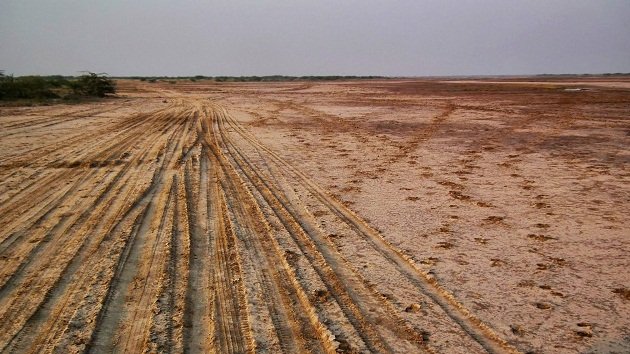
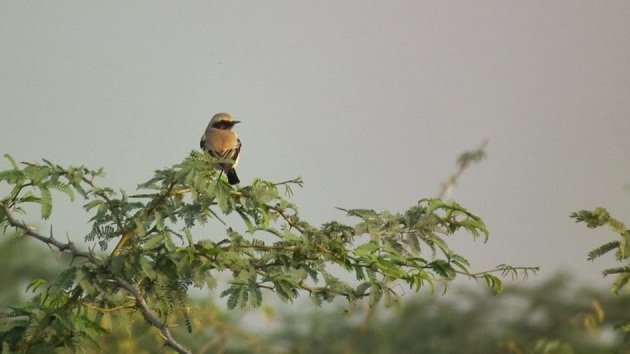
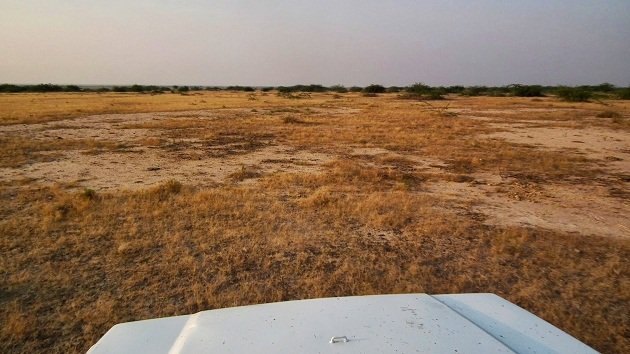
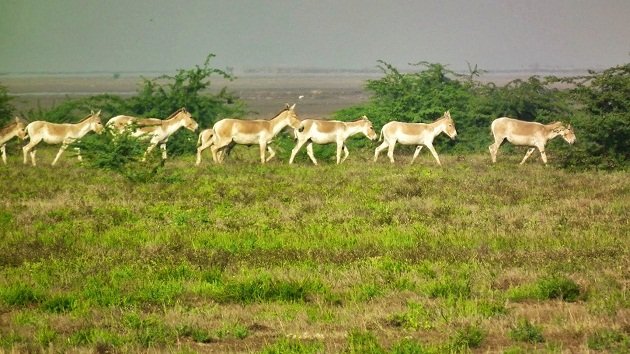
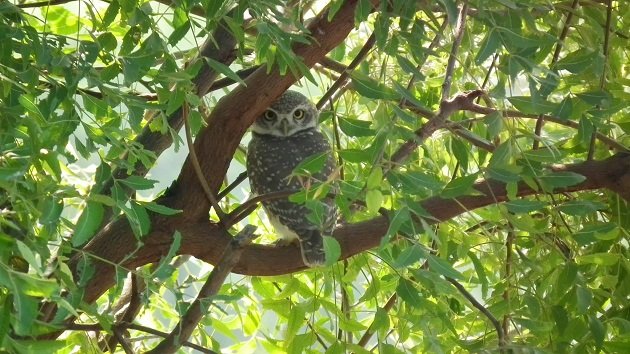

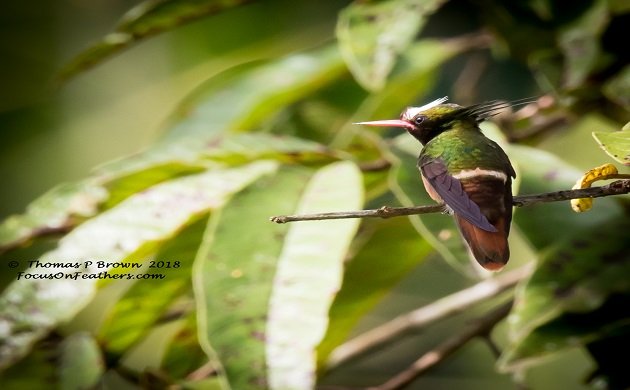
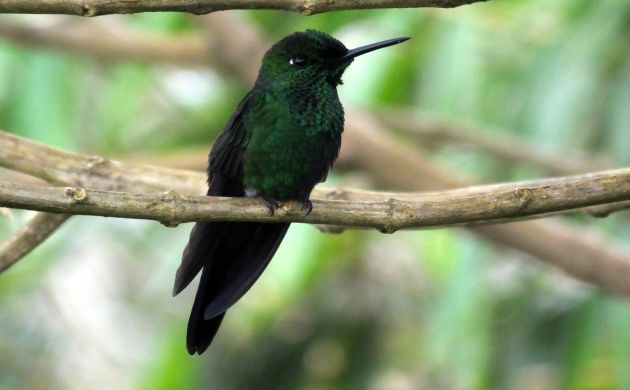

 New writers welcome – please contact us for details.
New writers welcome – please contact us for details.

















Having done my Master thesis on Mountain Zebras, those wild asses clearly beat any and all birds you mentioned by a wide margin!
Beautiful!!
And yes, those obvious gender signs of horses…
Did you ever make it to the coast in Gujarat? This amazing Sanderling record came to Australia last weekend! http://www.indianaturewatch.net/displayimage.php?id=448091
Yes, I did. Mandvi is a charming town, offering some nice birding (nothing spectacular species-wise, but a lot of species and all the time something new pops out) and lovely and reasonably priced tented accommodation at the Mandvi Palace Beach, with excellent cuisine. It is recommendable and usually overlooked birding area.
For some reason, horses do not make such an impression on me, from Burchell’s Zebras to Wild Asses… nice to see, but do not keep my attention for longer. Those Wild Boars were more interesting – despite their numbers here in the Balkans, I am probably the last Serbian birder who has never seen one in Serbia. And I’ve seed Red Deer here, much rarer creature… And still no boars!
This Crab Plover site is close to Mandvi: http://10000birds.com/the-front-cover-bird-3.htm
Seeing as a Sanderling from near Broome is at Mandvi,,,can we trade it for a Crab Plover? 🙂
Well, birds are global citizens, something birders should be, too 😉
We were there in the summer of 2011. If you take a look at the link, you will see how dry and cracked the soil is! And the asses were there as well, and the flamingoes!
http://madraswanderer.blogspot.in/2011/05/kutchi-summer-day-1-searching-for-wild.html
Beautiful photos, Flowergirl 🙂 And a great area to explore, indeed. Surprisingly species rich for a, practically, desert (while it may be desert-like in some months, it is more of a wetland in others).
Checking your other blog photos, Flowergirl… they remind me of India I know and love. What a truly great country and a bird paradise 🙂